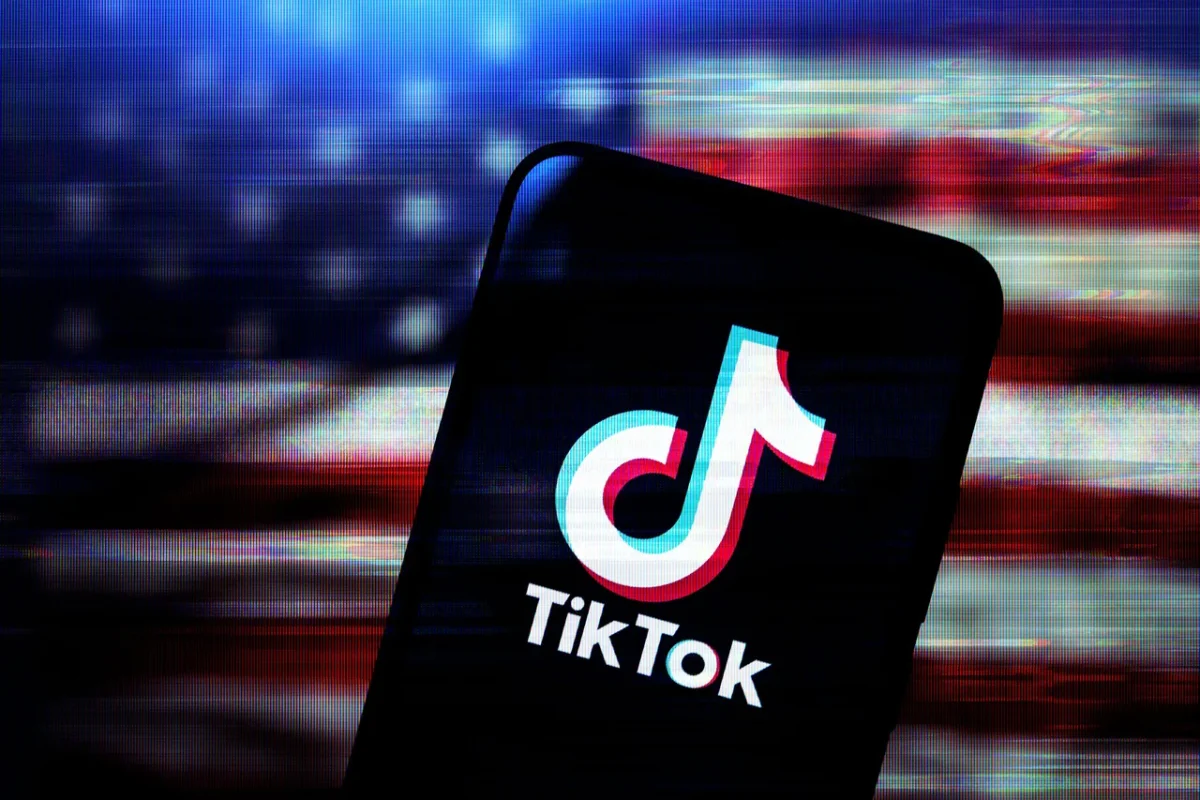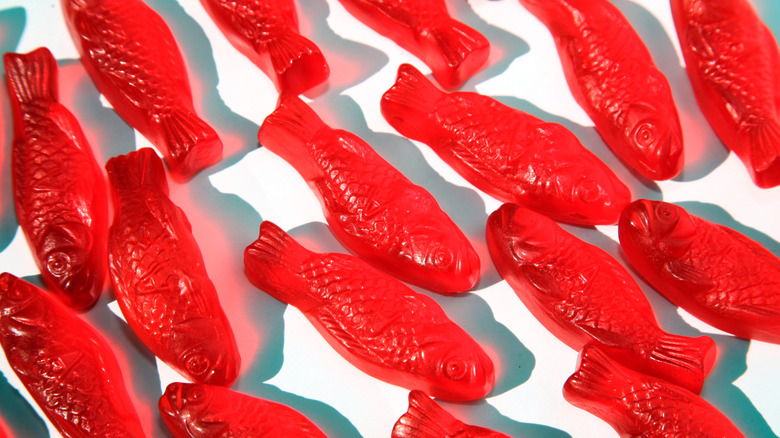In their own words, the officials of the FDA are “responsible for protecting the public health by assuring the safety, efficacy, and security of human and veterinary drugs, biological products, medical devices, our nation’s food supply, cosmetics, and products that emit radiation.” But that’s not happening. Cancer rates are spiking, organ failure rates are skyrocketing, and toxic chemicals are everywhere.
That’s not to say the FDA has done nothing, per se. As a matter of fact, the FDA has banned a grand total of eleven toxins (as opposed to the 2,400 banned in other countries), among which are mercury, chloroform, and hexachlorophene.
Despite the recognized toxicity of these compounds, the aforementioned regulations do allow for exceptions: under “Hexachlorophene,” it is stated that “…(HCP) may be used only when no other preservative has been shown to be as effective,” and under “Mercury,” that it is “…permitted only if no other effective and safe preservative is available.” Considering how toxic these substances are, it’s quite frightening to think that they could be used on a daily basis.
Naturally, one would assume that cases of these exceptions would be rare, or at the very least limited to highly specific circumstances. As it stands, however, hexachlorophene is found in various soaps and toothpastes, and mercury is present among a vast array of cosmetics. In fact, certain commonly used lipsticks (from brands such as L’Oreal) were found to have more than seven times the “safe” amount of mercury.
Moving away from the more (but not fully) developed rules, it is imperative to touch upon the horribly half-baked ones. For instance, Red Dye No. 3 was banned in cosmetics for carcinogenic properties. For a reason that remains unknown, it is still widely used in culinary contexts. How can something too dangerous to put onto one’s skin be deemed safe for consumption? That’s not to mention the other, similarly carcinogenic dyes present in our food, to which the FDA has wholeheartedly turned the other cheek. The FDA also banned triclosan in soaps after it was found to interact with hormones and impair reproductive health. The issue is that triclosan is still used in most toothpastes and mouthwashes, which are not technically considered soaps. It makes little sense to ban a substance if it is still to be used in such common household items.
Even more distressing is the complete and utter absence of regulations where they should be. Aspartame, for example, is a commonly used sugar substitute. Once inside the body, it metabolizes into formaldehyde—a pungent liquid used to preserve dead things. Formaldehyde is a genotoxin and a recognized carcinogen. But since aspartame itself is not toxic, it has met very little resistance. This sort of neglect is not an isolated incident either. In the past, thalidomide was distributed to pregnant women as a morning sickness drug with no prior animal testing. Then, when the adverse effects began to affect the women, they were improperly recorded, and no preventative action was taken. Thousands of children were born disabled as a result. Disabilities ranged from missing limbs to malfunctions of vital organs. Thousands of children had their lives completely turned upside down, all because of the FDA’s lackluster efforts to do its job.
At this point, it seems like the FDA exists purely as a figurehead meant to placate the American public. But why on earth would the government continually pour money into a program that does nothing? The answer lies in the structure of the FDA.
The FDA is 46% funded by user fees—that’s over 2.4 billion dollars. Each time an individual purchases a pharmaceutical product, the FDA gets a cut of the profit. It’s a catch-22 situation; banning toxic products would severely obstruct their funding. Since 1992, the percent of funding that comes from user fees has increased from nothing to nearly 50%. At this point, the FDA has become a hollow extension of pharmaceutical companies.
Another, if not more troubling, factor is the appointed head of the FDA. Robert M. Califf is the Commissioner of the Food and Drug Administration. His main priority should be to protect the American people, but instead he is protecting his wallet. He has over $250,000-$500,000 worth of stock in Bristol Myers Squibb and Amgen, between $100,000 and $250,000 in Gilead, and 1-5 million dollars in equity in Google’s Verily. How can the people of America expect to be protected when the protector is part of the problem?
The FDA claims that the reason for all this is a lack of funding—but this simply isn’t true. While they do in fact receive less funding than other government-funded agencies, they still receive more than enough to do their job. Moreover, as a government-backed program, it would not be difficult for them to get the word out and fight for better funding. It is time to face the facts: the FDA chooses not to do its job.
All this is to say that the FDA is failing to protect the American people as a result of the corruption taking place within it. Hundreds of carcinogens, genotoxins, and other, equally toxic substances are constantly bombarding the American people. The FDA knows this and doesn’t care, because it is motivated not by a desire for the good of the people, but by greed. The FDA is a greedy, corrupt organization that hardly does the bare minimum for the people it is meant to service.








